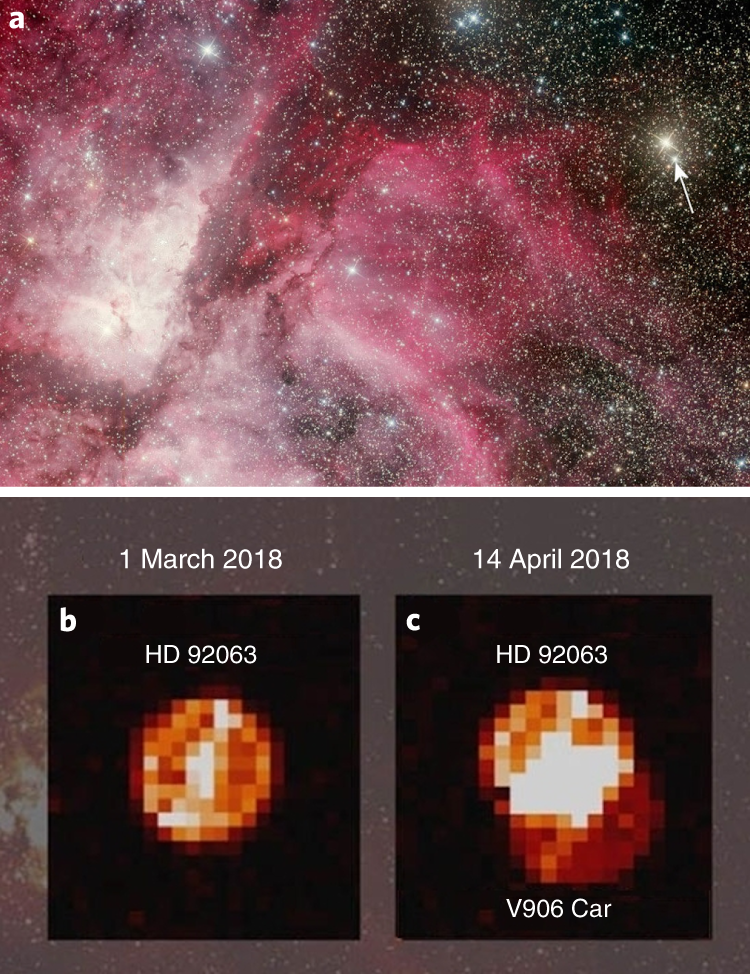


Visualizations and analyses generated with these portals can be used to tell diverse stories, including anticipated views and waypoints along planned traverses, examining and comparing surface landforms, and investigating dynamic processes altering planetary surfaces. These portals allow planetary scientists, mission planners, students, and the general public to explore the surfaces of a growing number of planetary bodies as seen through the eyes of many different instruments aboard a wide range of spacecraft. With a single glance, entire enigmatic concepts in astronomy can be learned.Įxploring Planetary Surfaces with NASA's Solar System TreksĪbstract: NASA's Solar System Treks Project provides a suite of online, web-based visualization and analysis portals. Now, we can show audiences and students of astronomy how stellar parallax, proper motion, and other previously tedious subjects work on astronomical scales. The digital era has provided sophisticated ways to teach these mentally burdensome principles. IMERSA AFDI Dome Master metadata standardĪbstract: Certain topics in astronomy are taught conceptually and audiences are left to imagine the results. Fulldome Master Show File IPS Standard Adoption Astronomy Visualization Metadata (AVM) standard
/Saturn_sky-5a8505c68e1b6e00367ff917.jpg)
To improve this situation, standards for various types of audiovisual assets have been defined and implemented: Technical incompatibilities, however, constitute boundaries. I will present few example results.Ībstract: The astroviz community relies on collaboration and sharing.
#Best astronomy software 2018 movie#
We argue it is essential in understanding how the astronomical community can use these images as vehicles to deliver the concepts of scientific discovery and the associated excitement to the widest possible audiencesĪbstract: Hydrodynamical simulations provide rich datasets, but can they be easily visualised? I will describe the development of movie capabilities in hydrodynamical grid code RAMSES, discuss capabilities and limitations of the in-house, in-code efforts. Research that seeks to study the concept of "image as truth" in astronomy and related science communications, which also effects representation of such data in educational environments, is a critical component of any forward-looking strategic plan or vision. In an age of easy manipulation of images, and frequent separation of the image from its context, the question arises as to what is perceived as “real” by those viewing images for science communications. However, the public’s understanding and trust in the veracity of these images is paramount. In astronomy, images of space are particularly important as they can serve as powerful tools of communication, education, and inspiration.

I will show several examples of how visualization-driven science can lead to often unexpected discoveries and the technology developed for this purpose.Ībstract: Images have the potential to convey powerful messages to the public. Visualization-driven science exploits the unmatched ability of our brain to identify complex patterns and find new relations in the data given a proper data representation. By combining state-of-the art visualization techniques and faster graphics hardware, experimental technologies like 3D printing, natural interfaces, virtual reality as well as recent advances in artificial intelligence we can gain insight on complex processes that resist traditional approaches.
#Best astronomy software 2018 driver#
Abstract: Data visualization is a great tool for presenting scientific results to colleagues and the general public and can also be used as a driver for scientific discovery.


 0 kommentar(er)
0 kommentar(er)
